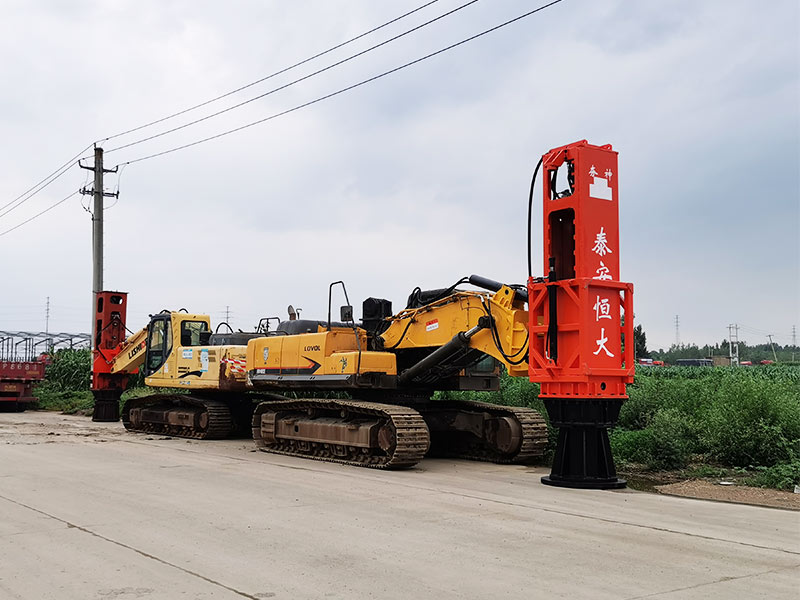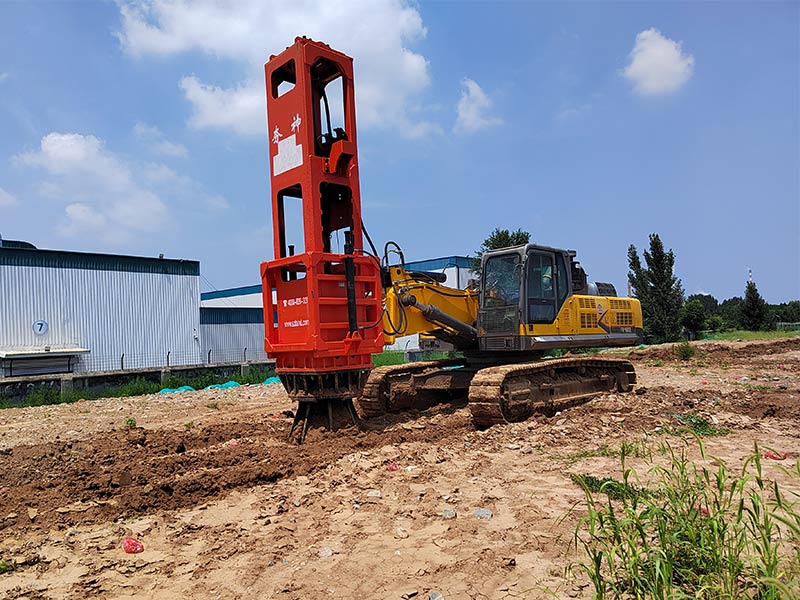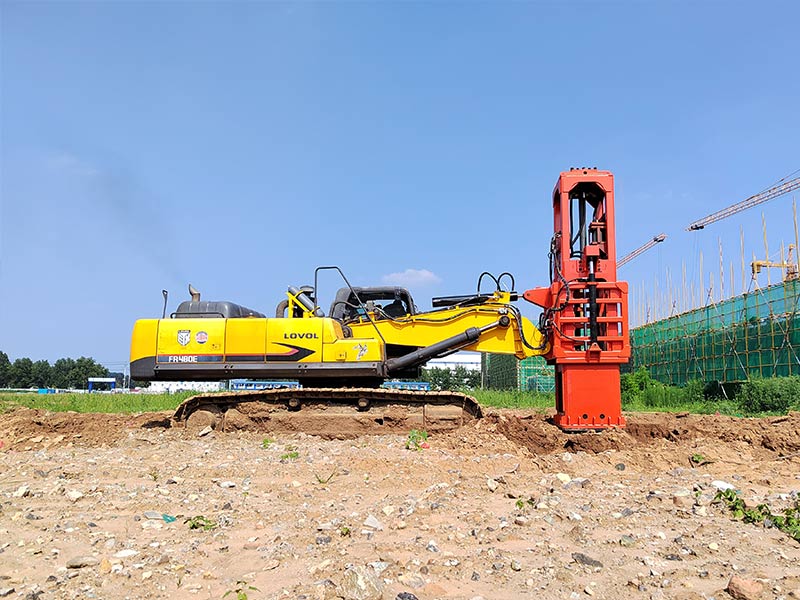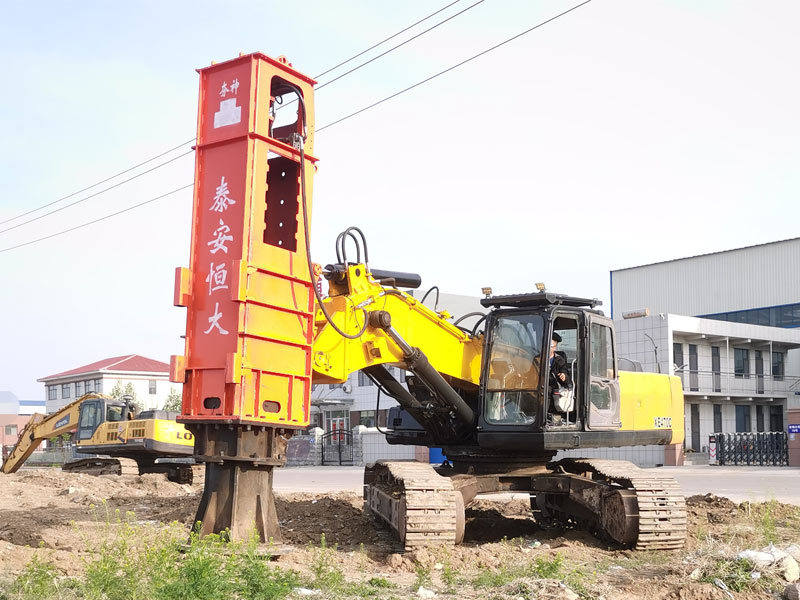Practical application of Rapid Impact Compaction in construction
Description:Rapid Impact Compaction can consolidate their foundations and can also be applied to the treatment o...
Update time:2022-06-25 16:33:07
Number of views:364
In some masonry and extended foundation type bridge construction, Rapid Impact Compaction can consolidate their foundations and can also be applied to the treatment of culvert foundations. When backfilling bridges and culverts, when using large rollers to roll bridges and culverts, there are often corners that cannot be rolled into place. Some experienced manipulators in the transverse crushing close to the abutment (retaining wall), due to fear of crashing the abutment (retaining wall), often a 3-10 cm is not crushed, so you can give full play to the hydraulic compactor compaction characteristics. According to experience, the best effect of compaction 3 to 4 times is too much waste, and the compaction effect is too little.
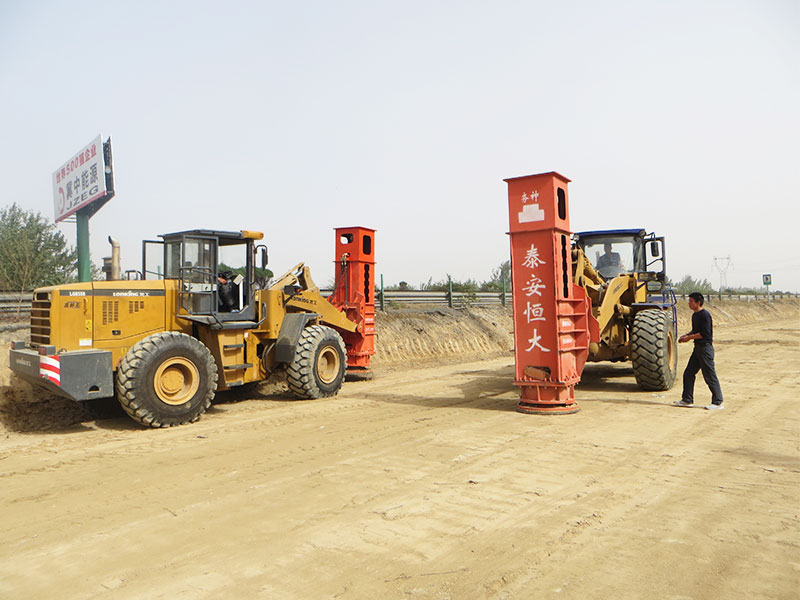
For the backfill soil on both sides of the figure eight wall of the cover culvert, due to the angle compared to the forward direction of the route, the roller cannot roll into place at all, which is a very important position. Usually, it is compacted manually. The results are not ideal. With hydraulic compactor compaction, the effect is obvious. Not only does it compact in place, but it also works well. Therefore, it is very important that the Rapid Impact Compaction cannot be rolled into place.
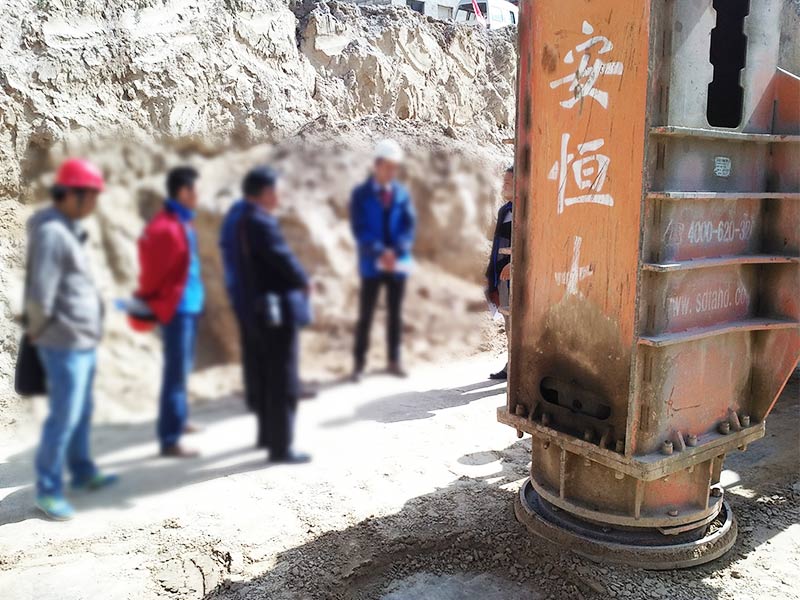
For the North of China,due to the impact of winter snowfall projects due to winter snowfall, the snow melting low filling shallow digging section in the spring of the following year is prone to difficulties for construction units to deal with. For large areas of elasticity, it may be a problem of engineering design or construction methods. For the treatment of small areas of elastic softness, the usual method is to remove the earthwork of the soft part of the elastic part and backfill it in layers, which is more difficult to operate. Due to the small size, large rollers are not useful, making it more difficult to achieve layered backfilling. With a Rapid Impact Compaction, the problem is easy to solve. The foundation of the soft crater can not only be tamped by the Rapid Impact Compaction, but also can be well realized by layered backfilling and layered compaction, which greatly ensures the quality of the soft treatment of the roadbed. The practical application of Rapid Impact Compaction to treat the softness of the roadbed has achieved satisfactory results.








